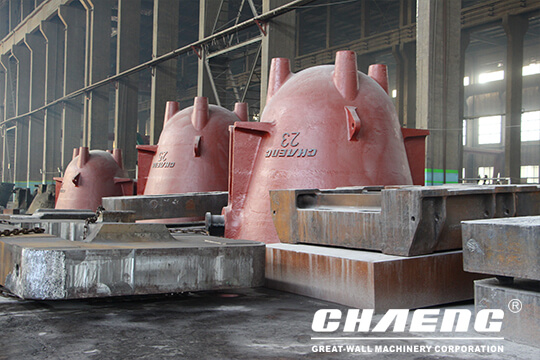14 Aug,2018 UTC+8 Views:
China is a large casting country, producing nearly 20 million tons of steel castings every year. Among them, scrap steel castings account for a large proportion, causing huge economic losses to cast steel manufacturers. Especially for large steel casting manufacturers, castings are bulky and require more molten steel, which is more prone to casting defects during the casting process. Among them, hot cracking is one of them.

Thermal cracking refers to the phenomenon that steel castings crack at high temperatures. Steel castings are often scrapped due to thermal cracking. The poor liquid properties of steel are the internal causes of thermal cracking. The external cause is that the solidification shrinkage of molten steel is hindered. The process of thermal cracking is divided into two cases. The first one is the first cracking of the hot spot due to stress concentration when the solidified shell is formed. As the solidification begins to thicken, the crack develops inward, and the crack may be The molten steel is full, and at the end of solidification, the sulfur-rich liquid will segregate from the molten steel. In the other case, the sulfur-rich liquid film may have a second crack.
There are many reasons for thermal cracking, and there are many ways to reduce or eliminate thermal cracking. The specific measures are as follows:
1. Reduce the casting temperature;
2. Reduce the sulfur and phosphorus content of the magazine elements and appropriate addition of some rare earths;
3. Increase the gate or change its position;
4. Change the shape and position of the riser;
5. Set the anti-cracking rib at the concave corner;
Different steel grades, different smelting processes, different casting structures and different casting processes have different effects on hot cracking. Specific analysis of specific problems can find the correct way to reduce and eliminate hot cracking.
Pre: How many tons GRMS series slag vertical mill can handle?
Next: 450,000 tons slag powder line project was built by chaeng which was successfully put into operation